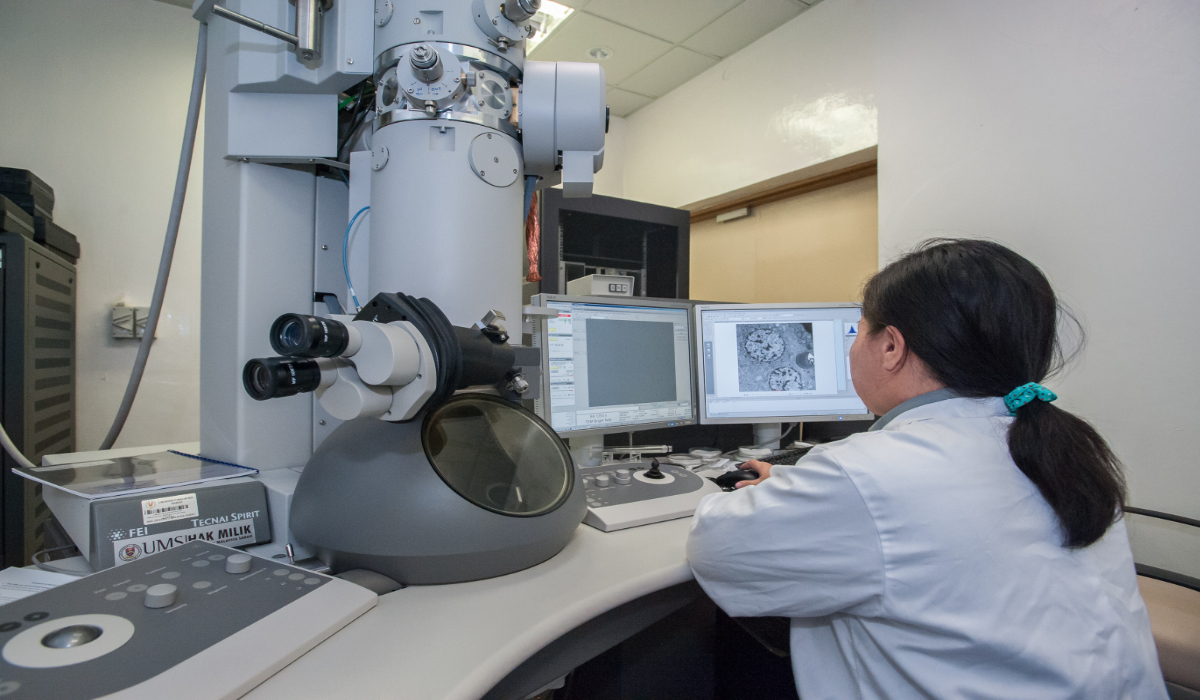CryoEM Automated Data Collection Software

The Challenge
Electron microscopy represents a critical bottleneck in scientific research and industrial applications. While these powerful instruments can reveal structural details at the atomic level, their operation requires highly specialized expertise that creates significant barriers to widespread utilization.
The core challenge lies in the scarcity of skilled microscopists: finding and training qualified operators is extremely difficult, and these experts are essential for every aspect of electron microscope operation. This human dependency severely limits throughput and accessibility:
- Skilled Labor Shortage: Qualified microscopists require years of specialized training and are in extremely short supply across research institutions and industry
- Manual Data Collection: Traditional workflows require constant expert supervision to identify suitable imaging areas, adjust parameters, and make quality assessments
- Operational Bottlenecks: Even with skilled operators, manual processes are time-intensive and prone to subjective decision-making that can impact data quality
- Limited Accessibility: The requirement for expert operators restricts when and how these valuable instruments can be used, creating scheduling constraints and underutilization
The critical need was developing automated systems that could reduce dependence on scarce human expertise while maintaining the high-quality data collection standards required for scientific and industrial applications
The Strategic Approach
I developed a comprehensive automation solution that could replicate expert decision-making in electron microscope data collection. The key insight was that machine learning could be trained to recognize the same visual patterns that experienced microscopists use to identify optimal imaging locations.
Rather than replacing human expertise entirely, the system was designed to handle routine decision-making tasks, allowing skilled operators to focus on higher-level experimental design and troubleshooting. This approach maximized both instrument utilization and expert productivity.
The solution needed to work reliably across different microscope vendors and experimental conditions, requiring robust algorithms that could adapt to varying image qualities and grid characteristics.
Technical Implementation
- Machine Learning Model Development: Within my first month, I solved a problem that had challenged the company for over a year by developing models to automatically identify usable squares and holes in CryoEM grids. These models successfully replicated expert visual assessment and were deployed across two different vendor platforms.
- Image Processing Pipeline: Created sophisticated preprocessing algorithms that enhanced model accuracy and enabled cross-platform compatibility. This work was crucial for ensuring the automation system could work reliably across different microscope configurations and experimental conditions.
- Data Infrastructure: Designed and implemented a comprehensive database system to store image metadata, enabling continuous model improvement and quality tracking. Integrated this database seamlessly into the automatic data collection workflow to support real-time decision-making.
- Annotation System: Designed and supervised the development of a semi-supervised image annotation system that streamlined the process of creating training data while maintaining quality standards. This system enabled continuous model refinement as new experimental conditions were encountered.
Collaborative Development
Success required close collaboration with both technical teams and end users. Working directly with microscopists helped ensure the automated system captured the nuanced decision-making that experts rely on. Their domain knowledge was essential for defining quality criteria and validation approaches.
I collaborated extensively with the CTO on strategic initiatives, including technical conference presentations that demonstrated the impact of automation in electron microscopy. We also worked together on patent applications that protected the intellectual property developed during this project.
Mentoring junior developers was a key aspect of ensuring the long-term success and maintainability of these complex systems. This knowledge transfer was crucial for building internal capabilities around machine learning applications in scientific instrumentation.
Development Environment
- Machine Learning: PyTorch, TorchVision, Transfer Learning, scikit-learn
- Data Processing: Python, Numpy, Pandas, scikit-image, Albumentations
- Visualization: MatplotLib
- Annotation & Data Management: Voxel51, Label Studio
- Database: Postgresql, PGAdmin, DBeaver
- Scientific Software: Eman2, iMod, SerialEM, MRCFile
- Development Tools: Jupyter Lab, Visual Studio Code